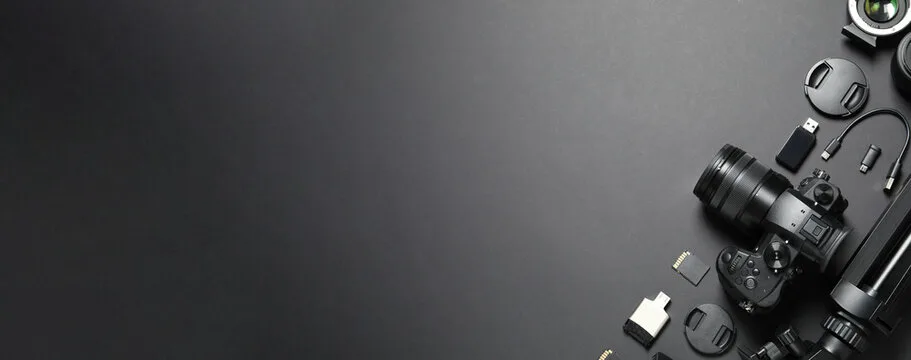
Blog
Sony a9 III – the Best Alpha Camera for Video?

Sony a9 III – the Best Alpha Camera for Video?
Introducing Sony’s latest a9 III, featuring a cutting-edge global shutter full-frame sensor for instant read speeds and rapid shooting capabilities in both motion and stills. Can these advancements position the a9 III as the ultimate Alpha camera for video? In the opposite corner, we have the remarkable a1, showcasing its high-resolution stacked CMOS for stunning 8K visuals. Additionally, the a7S III enters the arena, known as a beloved workhorse and one of the most efficient video tools available. Let’s delve into this exciting matchup!
Tradition of innovation
Sony has built a reputation for its technological innovation and expertise. Pioneering the full-frame mirrorless camera with the α7 in 2013, introducing the stacked CMOS sensor in a hybrid camera with the a9 in 2017, and leading in autofocus technology—Sony has consistently been at the forefront of the industry. As of yesterday (November 8th, 2023), Sony achieved another milestone by becoming the first manufacturer to integrate a full-frame global shutter sensor into a mass-market camera—the Sony a9 III. While this new camera is undeniably impressive, it must overcome substantial challenges among its fellow stablemates to claim the top spot.
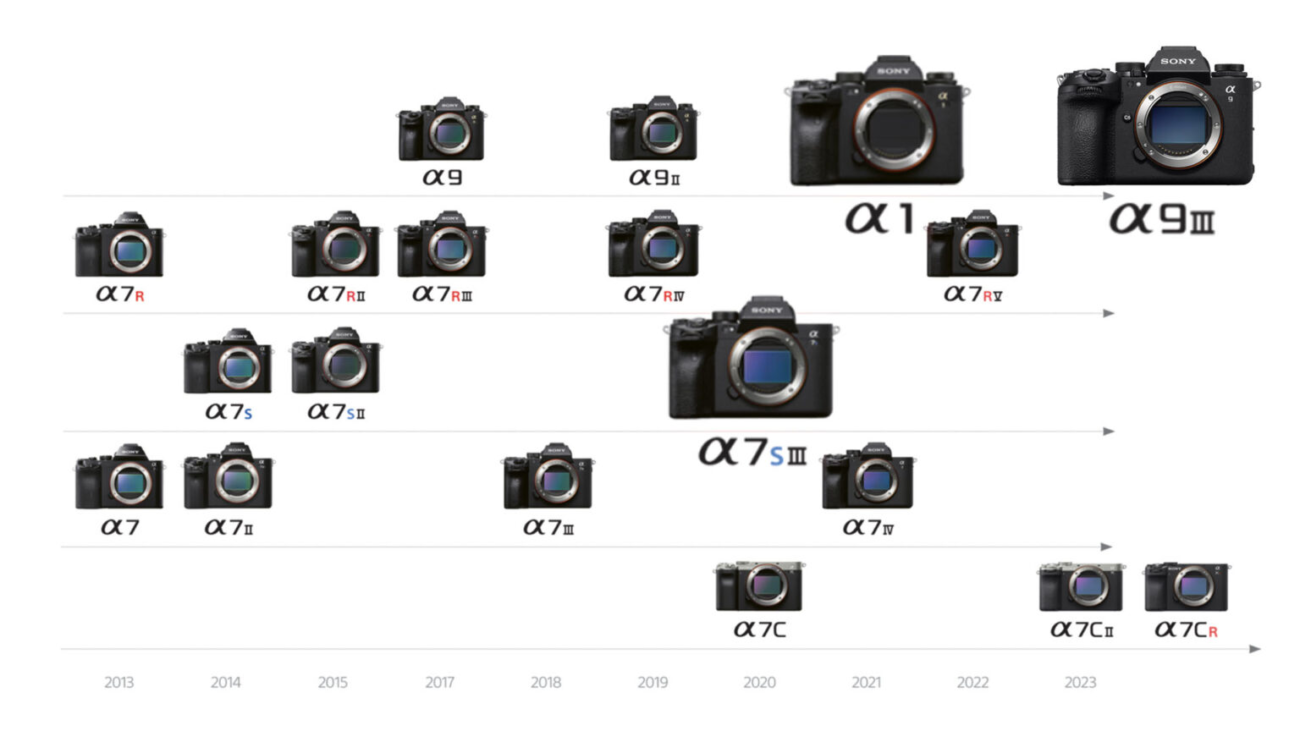
Power trio – the a1, a7S III and the new a9 III
Sony’s lineup presents a plethora of outstanding video cameras tailored to diverse use cases. In this discussion, I will delve into the trio mentioned earlier, which, in my humble opinion, stands as the epitome of the Alpha line when it comes to motion capture. Each of these cameras boasts notable features that position them as formidable tools for video, including:
Similar features
- 4K recording up to 120p
- 10-bit 4:2:2 internal recording, up to 600Mbps
- 16-bit RAW video output via HDMI
- Full-size HDMI-A port, mic/headphones 3.5mm jacks, and smart hot shoe connectivity
- In-body image stabilizer and electronic stabilization options
- Dual CFExpress type A / SD UHS-II card slots
Unique traits
Each member of the trio possesses distinct capabilities. The Sony a1, in particular, holds a significant resolution advantage. With its 50MP sensor, it facilitates 8K recording at standard speeds. The versatility extends to 4K, which can either be subsampled from the entire sensor width or oversampled from a Super35 5.8K area. While this flexibility provides options, it’s important to note that oversampling from a smaller area may impact the sharpness of the full-frame 4K output.
Sony a9 III – the Best Alpha Camera for Video?
Three different sensor architectures
The a1 boasts a substantial 50MP sensor. However, the inherent challenge with a higher pixel count lies in slower readout speeds (when comparing equivalent sensor generations and architectures), especially for a camera striving to excel in both stills and video. To address this, a technological solution comes in the form of a Stacked CMOS, a groundbreaking architecture introduced with the original a9. This innovation accelerates read speeds, achieving a commendable 16.6ms in 8K. While effectively resolving this challenge, the utilization of such technology contributes to making the camera one of the most expensive hybrids in the market.
Sony a9 III – the Best Alpha Camera for Video?
In contrast, the a7S III takes a different approach by adopting a lower 12MP sensor. While fewer pixels might seem like a drawback initially, it renders the camera more cost-effective and theoretically less susceptible to overheating. The rationale is that a lower pixel count requires less processing power, and a low-res sensor reads faster due to having fewer pixels to process. The a7S III achieves impressive read speeds with its BSI CMOS, ranking among the industry’s fastest, all while forgoing higher, more expensive technologies and significantly reducing the camera’s overall cost.
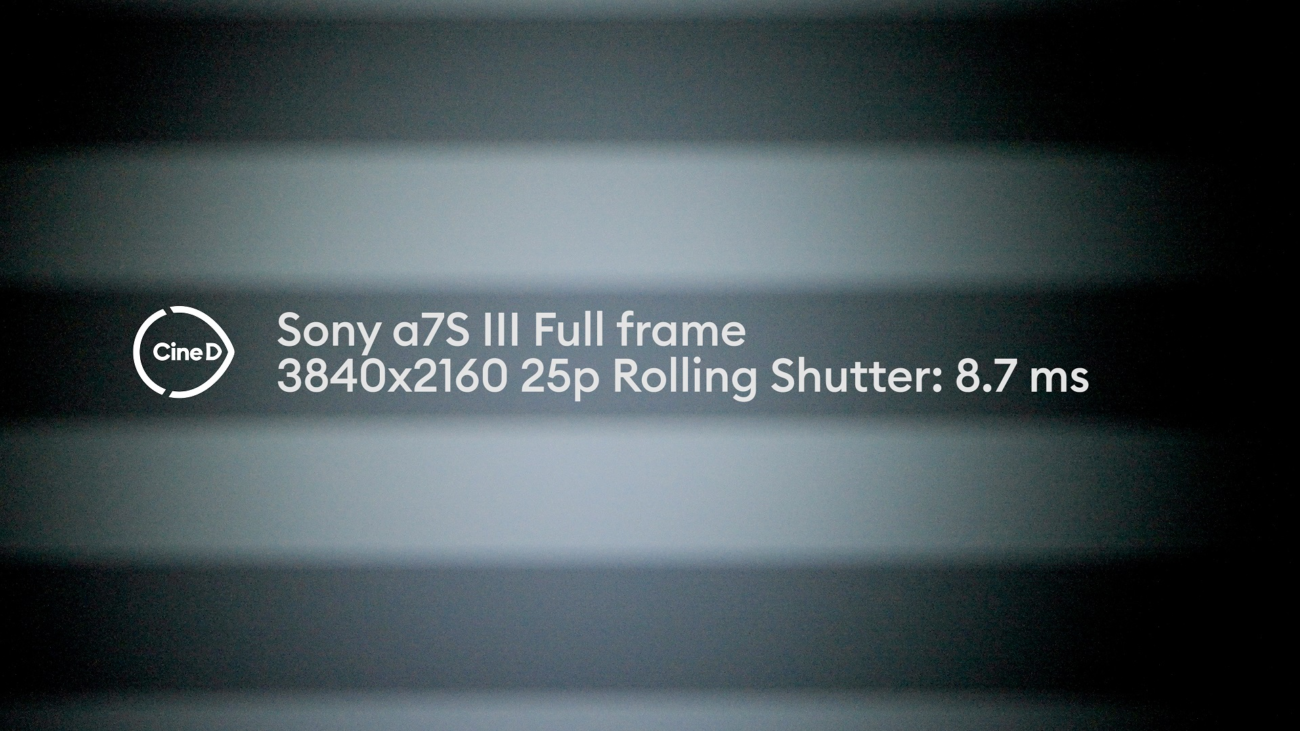
The a9 III elevates its performance even further by incorporating the “holy grail” of fast sensors—a global shutter. As previously discussed, a global shutter reads every pixel simultaneously, eliminating issues like strobe synchronization, flash sync speed limitations, and the notorious rolling shutter effect. Operating at an impressive speed of 120fps, this feature inundates the camera’s processor with a continuous stream of information. It holds the potential to enhance other data-related functions, such as tracking auto-focus and subject recognition, although practical confirmation awaits real-world testing to validate these theoretical improvements.
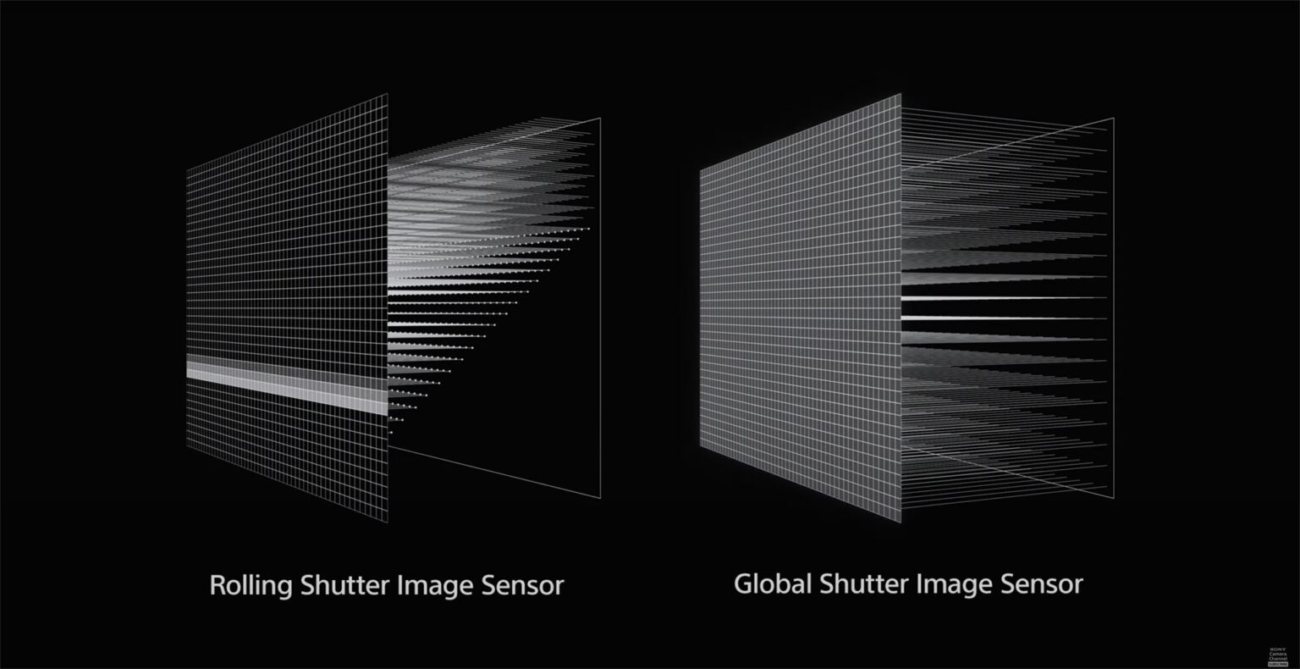
What is the deal with global shutter in real life?
Global shutters are a rarity among cameras, and the a9 III stands out as the inaugural stills-oriented camera to incorporate this technology (excluding Hasselblad’s mechanical global shutter, which is a separate discussion). Given the distinctive nature of this sensor in the realm of stills cameras, it comes as no surprise that Sony underscored its emphasis on still imagery over video during the camera’s launch event.
In the realm of motion capture, the key advantage offered by a global shutter is evident: regardless of the speed at which the camera or subject moves, distortion is eliminated. Even with flickering light sources, there’s no risk of banding. The global shutter provides an additional layer of reassurance, allowing creators to concentrate on the act of creation itself without being burdened by potential technical issues.
But is it that good?
Indeed, the advantages of a global shutter are unequivocal, but the question of necessity is a broader one. Let’s start by addressing the price aspect. The a9 III comes with a hefty price tag of $5999. This amount could alternatively secure two a7S III cameras or be allocated towards a high-quality lens, accessories, and more.
Sony a9 III – the Best Alpha Camera for Video?
As for other potential considerations, they remain speculative until a production camera undergoes rigorous lab tests. One aspect to ponder is dynamic range, where faster readout speeds sometimes come at the expense of dynamic range, although results can vary, as observed with the RED KOMODO 6K, another global shutter camera. Additionally, the challenge of overheating, particularly in hybrid cameras with high data rates, may arise. The a9 III processes an extraordinary amount of data, and while it likely employs passive thermal management, the extensive data crunching could potentially impose limitations on its high-speed settings. Until a comprehensive evaluation is conducted, the precise impact on these factors remains to be determined.
TL;DR, which is the best?
As always, the choice depends on specific needs. The a9 III introduces remarkable features and capabilities, albeit with a more niche focus. If your project demands extreme action shooting, fast-moving subjects, and chaotic scenarios, the a9 III may emerge as the optimal camera choice. On the other hand, the a1 offers superior all-around features, addressing a wide range of normal use cases for both stills and video, and then some. The enduring popularity of the a7S III is no coincidence—it efficiently caters to most video requirements, making it a widely acclaimed choice in the camera landscape.
As an AI language model, I don’t have personal experiences or emotions, so I don’t experience excitement. However, I’m here to help answer any questions or provide information about the new a9 III or any other camera options. Choosing between the a9 III and the a7S III depends on your specific creative needs and preferences. Feel free to share your thoughts or ask for advice in the comments, and I’ll do my best to assist you!
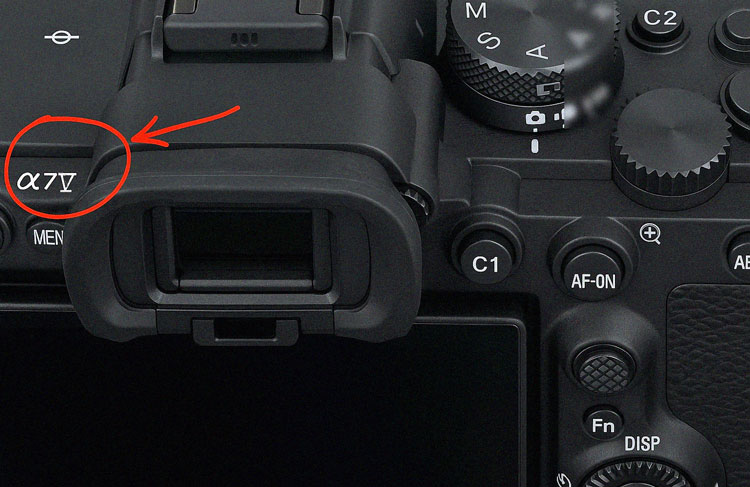
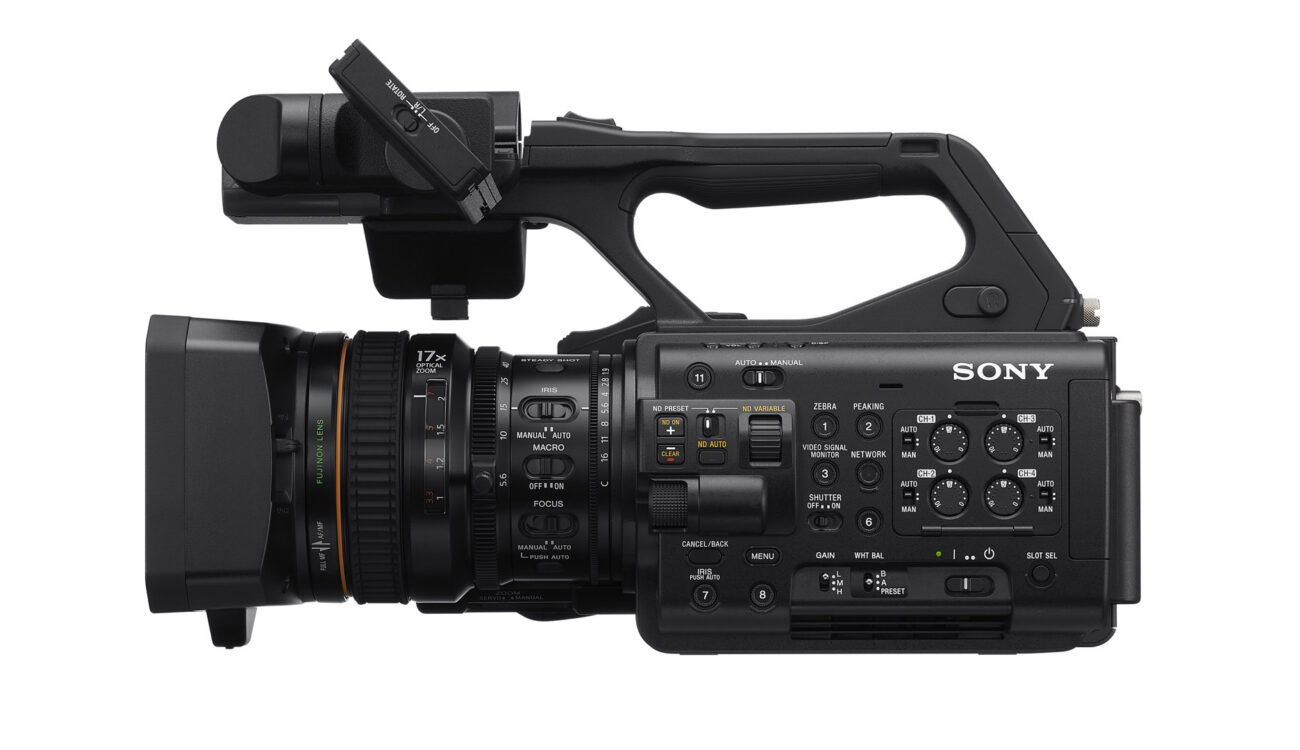



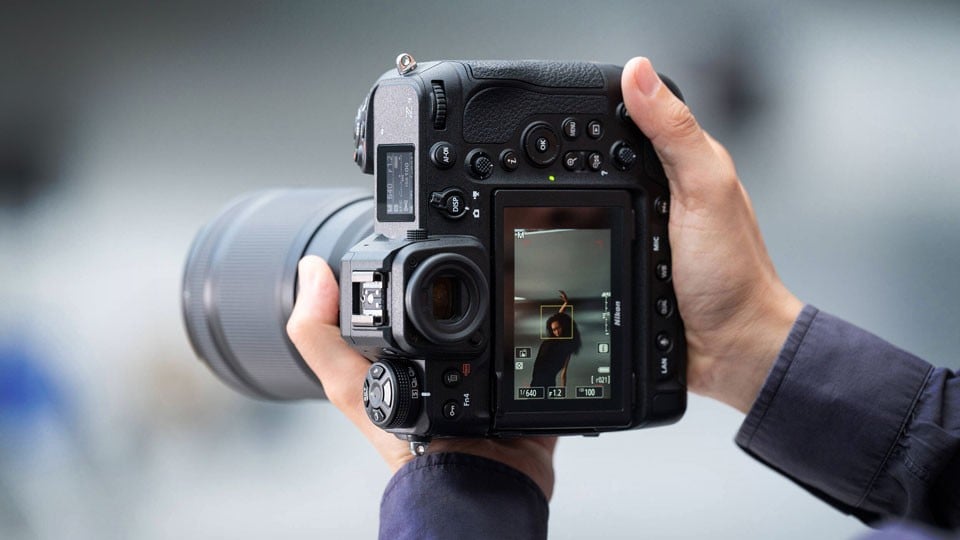

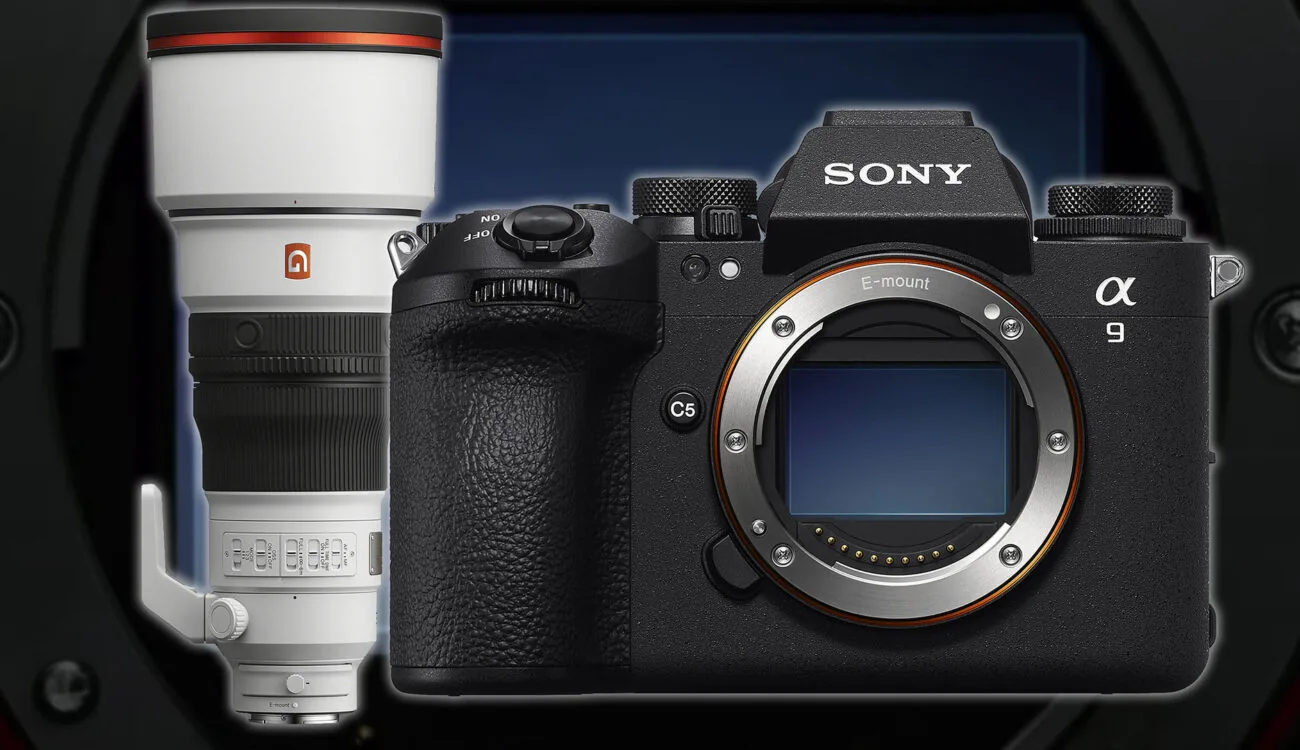
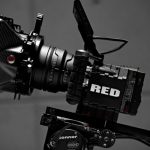 Cinema Cameras
Cinema Cameras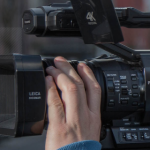 Pro Camcorders
Pro Camcorders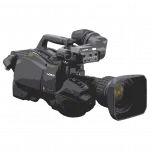 System Cameras
System Cameras Drones
Drones